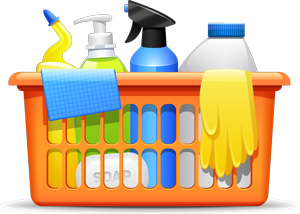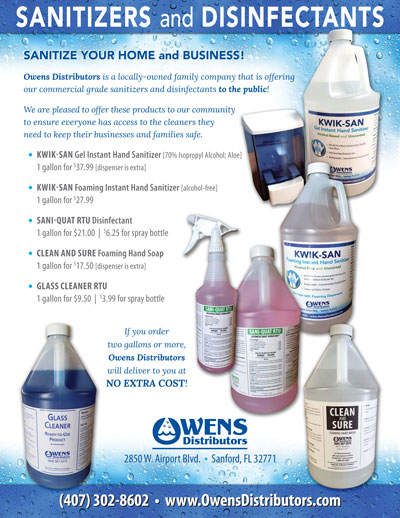Sanitizing vs Disinfecting
The Differences Between SANITIZING and DISINFECTING

Check Out Our Sanitizing and Disinfecting Products
SANITIZING
- Sanitizing does not make anti-viral claims, sanitizing offers no confidence of killing the flu or other viruses commonly found on surfaces.
- Sanitizing should only be applied to food contact surfaces, which is required as part of the food code.
- When you sanitize, you are killing / reducing the number of bacteria present by 99.9%, but doing nothing about viruses and fungus.
- Sanitizing is better than cleaning alone but the reduction of pathogen populations on environmental surfaces is exponentially better when you disinfect.
- Sanitizing is meant to reduce, not kill, the occurrence and growth of bacteria, viruses and fungi.
- Sanitizing reduces the bacteria identified on the product’s label on surfaces and in laundry.
DISINFECTING
- Disinfection is appropriate for frequently-touched surfaces and surfaces likely to harbor pathogens.
- Disinfecting destroys or inactivates both the bacteria and viruses identified on the product’s label (like influenza and rhinovirus) on hard, nonporous surfaces.
- The main difference is that EPA-approved sanitizers only have claims for bacteria, while disinfectants have claims against both bacteria and viruses.
- Leave disinfectant wet on surface for 10 minutes, then wipe with clean towel.
SANITIZING vs DISINFECTING
Remember that you should DISINFECT — not sanitize — because disinfectants are the only products approved by the EPA to kill viruses on hard surfaces.

